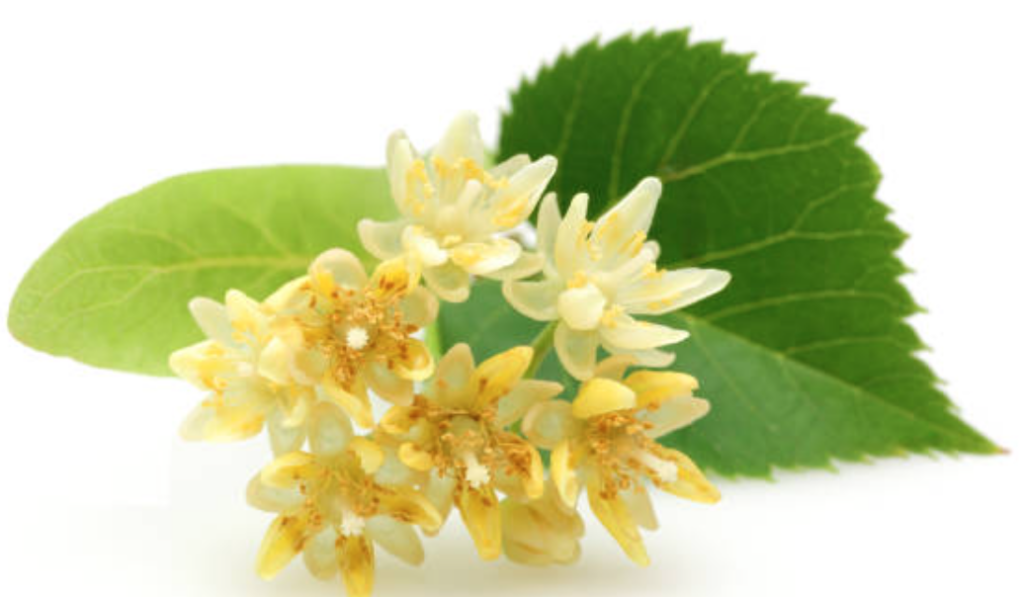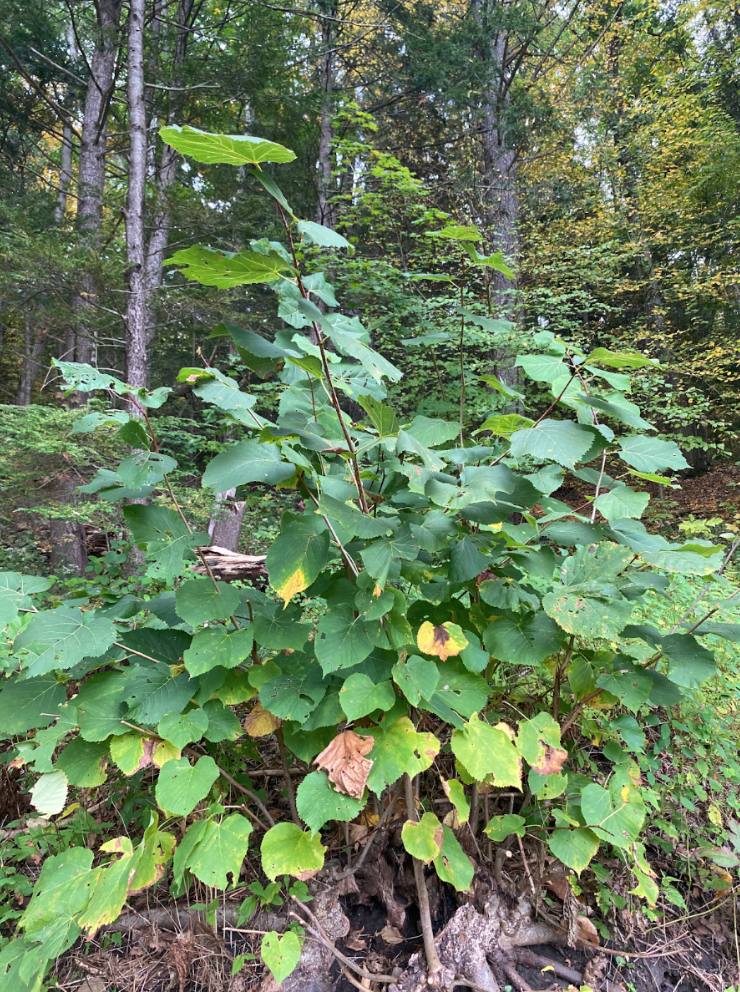Tilia americana

Tilia americana is native to eastern North America and is very common in this area. The Basswood tree prefers well-draining loam soils but can be drought tolerant when established. Basswood attracts many pollinators including fireflies (or lightning bugs) and is a larval plant for a multitude of species1. The tree also enriches the soil as it gathers calcium and magnesium up from deep soil horizons and deposits them on the surface via leaf litter2.
Uses (Non-Medicinal)
The inner bark of the Tilia americana is incredibly fibrous and has traditionally been used for rope, mats, fishnets, and baskets. The wood of the tree is soft and light, easily used for wood turning and hand carving. Before prosthetics started being made out of synthetics, Basswood wood was used to create limbs. The wood has a multitude of other uses including for boxes, wooden ware, venetian blinds, and pulp.3
Medicinal Uses
The sap of the Basswood tree has been used by indigenous people as a drink or to be boiled into sap. The young leaves can be eaten and cambium can be made into a soup or bread. In indigenous medicinal practice the leaf and bark extracts were made into various medicines and freshly cut bark could be used for fresh wounds as an emergency bandage.4
- Tilia Americana (American Basswood, American Linden, Basswood, Bee Tree, Carolina Basswood, Lime Tree, Linden, White Basswood, White Wood) | North Carolina Extension Gardener Plant Toolbox. https://plants.ces.ncsu.edu/plants/tilia-americana/. Accessed 1 May 2024.
↩︎ - USDA, et al. Basswood, USDA National Resources Conservation Service, plants.usda.gov/DocumentLibrary/plantguide/pdf/pg_tiamh.pdf. Accessed 1 May 2024.
↩︎ - USDA, et al. Basswood, USDA National Resources Conservation Service, plants.usda.gov/DocumentLibrary/plantguide/pdf/pg_tiamh.pdf. Accessed 1 May 2024 ↩︎
- USDA, et al. Basswood, USDA National Resources Conservation Service, plants.usda.gov/DocumentLibrary/plantguide/pdf/pg_tiamh.pdf. Accessed 1 May 2024 ↩︎
